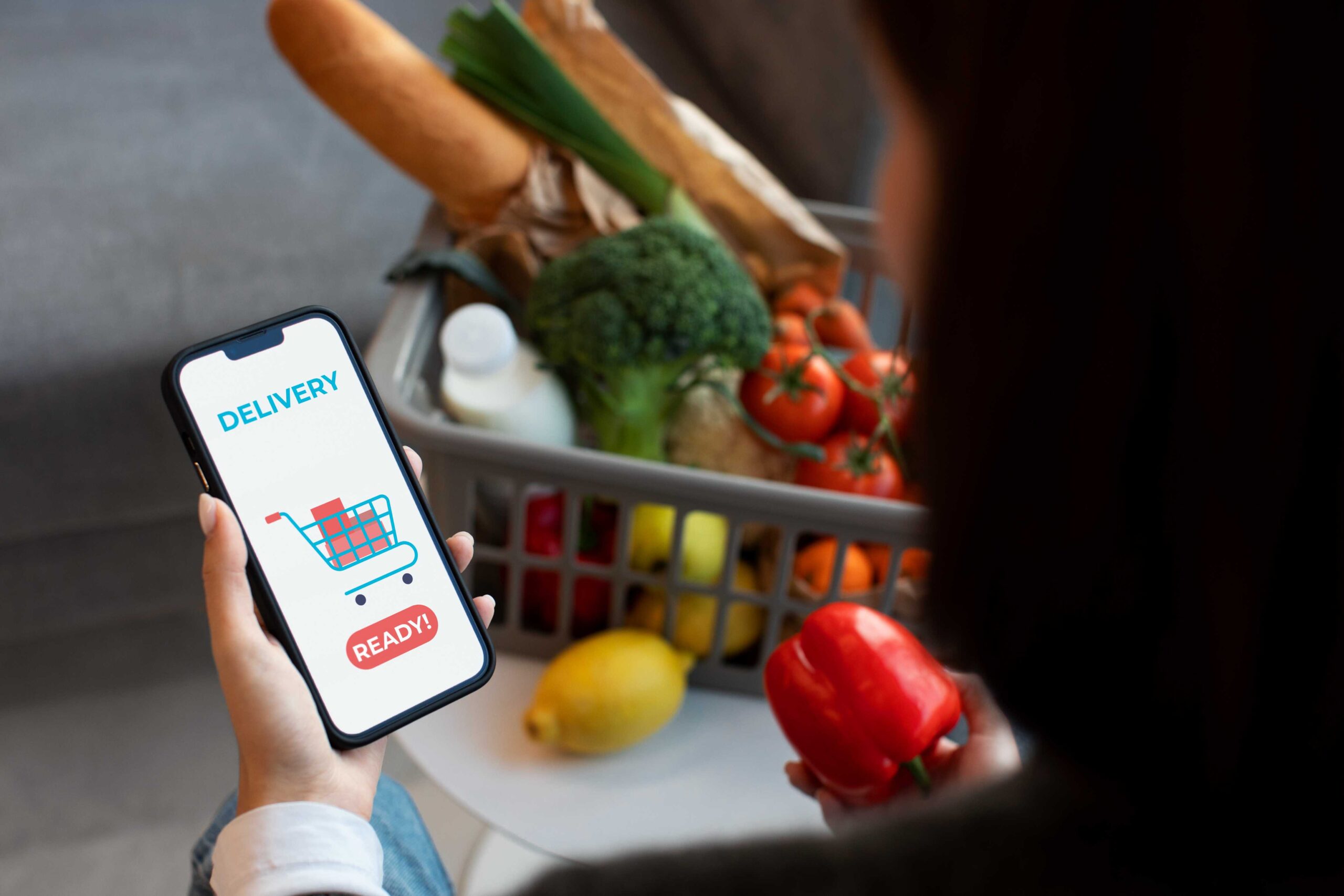In today’s fast-paced world, the demand for convenient and efficient services is on the rise. One such service that has witnessed remarkable growth is online grocery delivery. This article will guide you through the essential steps to start your own online grocery delivery service, a venture that promises not only profitability but also the satisfaction of meeting the needs of busy consumers.
Introduction
The Growing Demand for Online Grocery Delivery
The past few years have seen a substantial shift in consumer behavior. With the convenience of ordering groceries online, people are increasingly turning to this service to save time and avoid the hassle of traditional grocery shopping.
Market Research and Target Audience
To succeed in the online grocery delivery business, it’s crucial to conduct thorough market research. Identify your target audience and their preferences. Consider factors like demographics, shopping habits, and location.
Setting Up Your Business Plan
Identifying Your Niche
Before launching your service, determine your niche. Will you focus on organic products, ethnic foods, or everyday groceries? Identifying your niche helps in catering to a specific customer base.
Business Model Selection
Choose a business model that aligns with your goals and resources. Options include subscription-based models, on-demand services, or a mix of both.
Legal and Regulatory Considerations
Adhering to local regulations, permits, and licensing is a must when entering the grocery delivery market. Consult with legal experts to ensure compliance.
Building a Strong Online Presence
Creating a User-Friendly Website
Your website is your storefront in the digital world. Design an easy-to-navigate, user-friendly platform that provides a seamless shopping experience.
Consider developing a mobile app to cater to smartphone users. Mobile apps enhance user engagement and convenience.
Partnering with Suppliers
Sourcing Fresh Produce
Establish partnerships with local farmers and suppliers to ensure a steady and fresh supply of groceries. Emphasize quality and freshness to attract customers.
Establishing Vendor Relationships
Building strong relationships with vendors can lead to better deals and reliable supplies. Maintaining these relationships is vital for your business’s success.
Delivery Logistics
Fleet Management
Invest in a fleet of delivery vehicles. Maintain and manage them efficiently to ensure timely deliveries.
Delivery Routes Optimization
Use technology and data analysis to optimize delivery routes, reducing time and costs.
Marketing and Branding Strategies
Social Media Marketing
Utilize social media platforms to create a strong online presence. Engage with your audience, run targeted ads, and promote your unique selling points.
Loyalty Programs
Implement loyalty programs to retain customers. Offer discounts, rewards, or exclusive deals for returning clients.
Customer Service and Support
Ensure excellent customer service. Promptly respond to queries and address concerns to build trust and loyalty.
Technology and Software
Inventory Management Systems
Implement an efficient inventory management system to keep track of stock levels and prevent overstocking or understocking.
Payment Gateway Integration
Secure and user-friendly payment options are essential. Integrate reliable payment gateways for a seamless checkout process.
Hiring and Training Staff
Recruit and train staff for various roles, from drivers to customer service representatives. Ensure they are well-equipped to handle customer needs.
Financial Management and Funding
Prepare a detailed financial plan, including startup costs, operational expenses, and revenue projections. Explore funding options, including loans or investors.
Measuring and Improving Your Service
Customer Feedback
Collect feedback from customers and use it to make improvements. Address issues and continuously enhance the customer experience.
Key Performance Indicators
Monitor key performance indicators like delivery times, order accuracy, and customer satisfaction to measure your business’s success.
Conclusion
In conclusion, starting your own online grocery delivery service is an exciting venture in today’s digital age. By following the steps outlined in this article, you can establish a successful business that not only meets the demands of a growing market but also provides a valuable service to your community.
In the ever-evolving world of mobile app development, Gml Soft Labs is a shining star. Their commitment to excellence, a team of experts, innovative practices, and a client-centric approach make them the top mobile app development company in Chennai, Tamil Nadu. Whether you are a startup or an established business, Gml Soft Labs can help you turn your app idea into a reality that exceeds your expectations.
FAQs
- How can I differentiate my online grocery delivery service from competitors? To stand out, focus on a unique niche, exceptional customer service, and effective marketing.
- What technology do I need for efficient delivery logistics? Invest in route optimization software and GPS tracking for your delivery fleet.
- How can I ensure the quality of the groceries I deliver? Establish strong relationships with reliable suppliers and conduct regular quality checks.
- What are the common legal requirements for starting an online grocery delivery service? Licensing, permits, and compliance with food safety regulations are usually required.
- How can I attract and retain customers in a competitive market? Implement loyalty programs, offer promotions, and provide excellent customer service to build a loyal customer base.
 seolounge
seolounge
